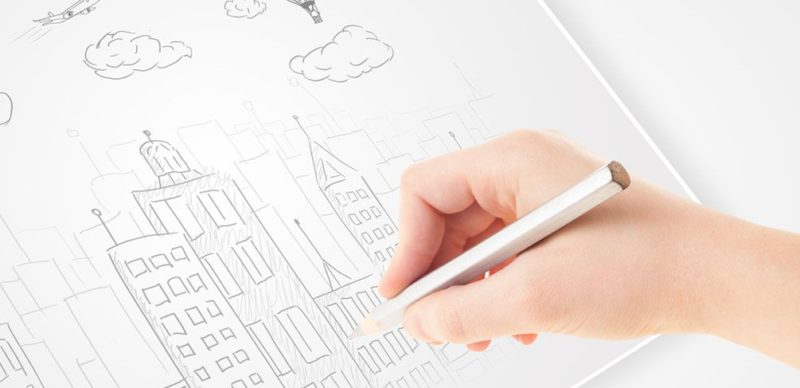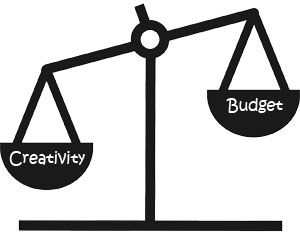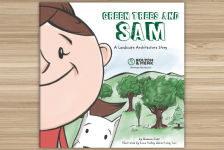Avoid making these common mistakes when starting a project and get yourself off to the best start possible.
The time has finally come — the moment when everything is possible. The new Versailles or the new High Line is about to be born. You get to start your new project. Photos, plans, and all the relative data are here; you have already been on site — or maybe not. Nevertheless, you are about to think, conceive, make decisions, design. What could possibly go wrong? Well, almost everything if you do not pay attention to the following traps! There are certain mistakes you should definitely avoid at the beginning of a project, in order for things to run smoothly. So, try to avoid the following:
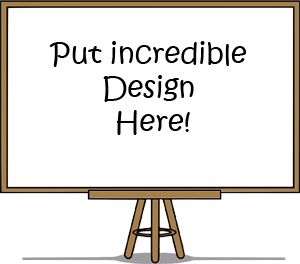
Staring at ablank sheet won’t help. Photo licensed under CC0
- 5 Mistakes You Should Avoid When Designing Your Portfolio
- 10 Great Interview Tips For Graduate Landscape Architects – The Essential Guide
- 10 Great Apps for Landscape Architects – Part 2
2. Thinking About Construction Details Before the Time Comes You cannot expect to have all the answers on the first sketch. And no one expects you to. Design is a process; it takes time and effort , until everything is solved. We should not neglect the different phases of the process, even if we feel we need to. We should take each step when the time is right and not flood our head with questions and worries about what could happen next. This does not mean we should spend all the time available on one thing and fail to complete all the stages in time to present the project. Following the timeframe is necessary for both professionals and students in order to achieve their goals.
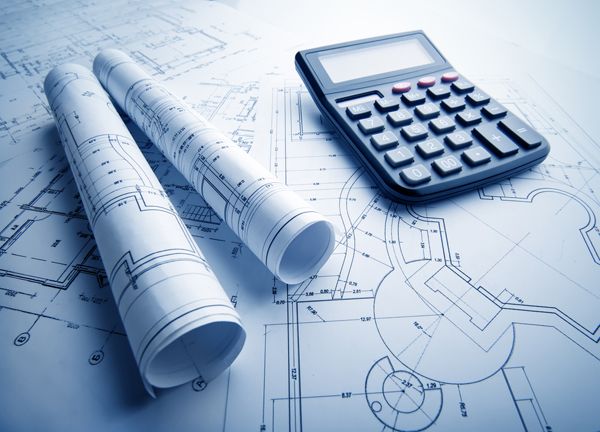
There is a time and place for details. The beginning of a project is not the time nor the place. Photo credit: shutterstock.com
Besides, all the anxiety and uneasiness you are confronted with before starting something new usually vanishes once the actual design process begins. It only takes the first step — or the first sketch. 4. Insisting on a Concept that Simply Does not Work I have heard that the best concept you come up with is usually the first. I would say most of the time that is true. However, there are times you should let go of the work you have already done and start afresh. There are ideas that seem promising and exciting, but simply don’t work out. You need to learn to realize early when enough is enough and be flexible in changing direction and focusing on another concept. I keep thinking that it is a virtue to know when to give up; however, that is hard, and it takes a special kind of awareness to achieve it. 5. Estimating budget I have been asked many times — and I am sure I will have to do it many times more — to make approximate cost estimations at a very early design stage. In my opinion, it is totally wrong and it ruins the design process. Trying to
- Portfolio Design (Fourth Edition) by Harold Linton
- Burn Your Portfolio: Stuff they don’t teach you in design school, but should by Michael Janda
Article by Eleni Tsirintani Return to Homepage
Published in Blog


